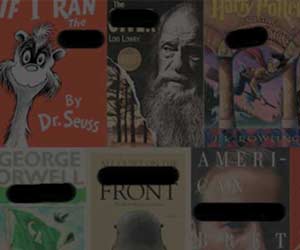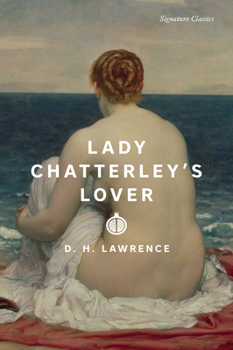Lady Chatterley's Lover
Select Format
Select Condition 
Book Overview
Inspired by the long-standing affair between D. H. Lawrence's German wife and an Italian peasant, Lady Chatterley's Lover follows the intense passions of Constance Chatterley. Trapped in an unhappy marriage to an aristocrat whose war wounds have left him paralyzed and impotent, Constance enters into a liaison with the gamekeeper Mellors. Originally banned in multiple countries, Lady Chatterley's Lover is an unapologetic...
Customer Reviews
Boring and dull
A literary classic of the 20th century
A masterpiece in several respects.
"Lady Chatterly's Lover" ranks with "Ulysses"
Most Meaningful and Lovely of Lawrence's Novels
Lady Chatterley's Lover Mentions in Our Blog

Instead of doing a typical "year in review" post like everyone else, we thought it would be fun to close the door on 2018 from a different angle: by looking back at the books that played roles in the careers of the year's biggest stars. Everybody has to start somewhere, but with hard work and a few lucky literary breaks, these household names didn't stop there.

Okay, maybe we can’t eliminate censorship (yet...#goals), but we can celebrate Banned Books Week with gusto by reading all of the stories that someone (or someones) tried to silence, destroy, or restrict access to. Here are 50 of the most frequently banned and/or most recently challenged books, along with the "who, why, and how" of literary censorship in America.





